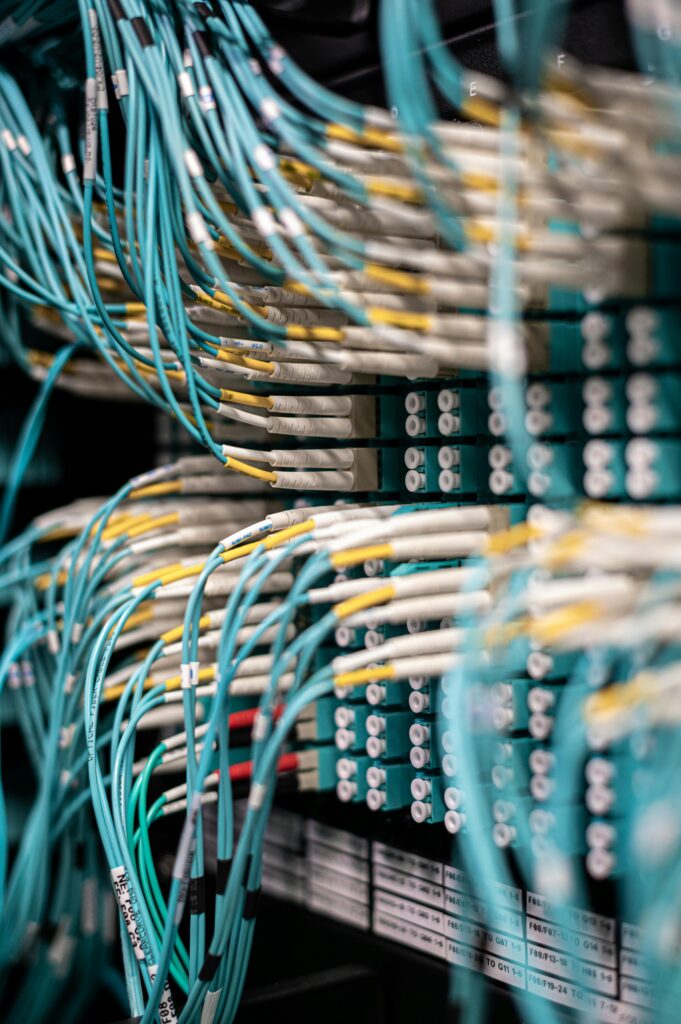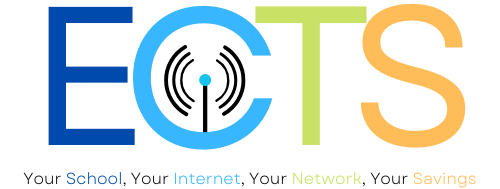
What Is the E-Rate Program?
The E-Rate Program, also known as the Schools and Libraries Program of the Universal Service Fund, is a federal initiative that helps eligible schools and libraries across the United States obtain affordable Internet access and telecommunications services. Funded by the FCC and administered by USAC, E-Rate provides critical support to ensure all students, regardless of location or income, have access to modern technology and learning tools.
Each year, schools can apply for discounts that significantly reduce the cost of services and equipment that support digital learning. These discounts can range from 20% to 90%, depending on the institution’s location and student population.
What Does E-Rate Cover?
E-Rate funding applies to two major categories of technology infrastructure and services:

Category 1: Internet Access & Broadband Services
This includes:
- Internet access
- Data transmission services (fiber, cable, etc.)
- Wide Area Network (WAN) connections
- Lit or dark fiber installations
Category 1 supports the external connections that bring Internet service into a school or library facility.

Category 2: Internal Connections & On-Premise Equipment
This includes:
- Antennas, connectors, and related components used for internal broadband connections
- Cabling
- Caching
- Firewall services and firewall components separate from basic firewall protection provided as a standard component of a vendor’s Internet access service
- Racks, Routers, and Switches
- Uninterruptible power supply (UPS)/battery backup
- Access points used in a local area network (LAN) or wireless local area network (WLAN) environment (such as wireless access points)
- Wireless controller systems
- Software supporting the components on this list used to distribute high-speed broadband throughout school buildings and libraries
Category Two includes the internal connections needed for broadband connectivity within schools and libraries.
Understanding the E-Rate Discount Matrix
Your school’s E-Rate discount is calculated using the E-Rate discount matrix, which takes into account:
- The percentage of students eligible for the National School Lunch Program (NSLP)
- Whether the school is located in an urban or rural area
Schools with higher percentages of low-income students and those in rural areas typically receive the highest discounts, sometimes up to 90% for Category 1 services and 85% for Category 2.
| % of Students Eligible for NSLP | Urban Discount (Category 1 / 2) | Rural Discount (Category 1 / 2) |
|---|---|---|
| 1% – 19% | 20% / 20% | 25% / 25% |
| 20% – 34% | 40% / 40% | 50% / 50% |
| 35% – 49% | 60% / 60% | 70% / 70% |
| 50% – 74% | 80% / 80% | 80% / 80% |
| 75% – 100% | 90% / 85% | 90% / 85% |
